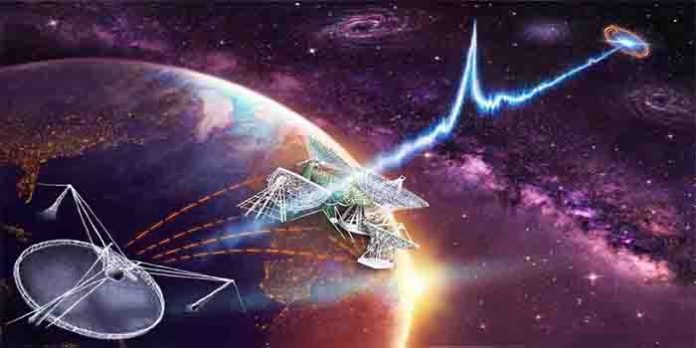For the first time ever, astronomers have detected a bright fast radio burst, which lasted for a millisecond, from our galaxy. Fast radio bursts (FRB) are bright bursts of radio waves from astronomical objects across galaxies, and their sources have been a mystery for over a decade. This signal, called FRB 200428, was found in April inside the Milky Way galaxy for the first time and was also the first to be traced to a magnetar, which are dead stars that have the most powerful magnetic fields in the universe. The findings confirm that magnetars could be sources for FRBs. In addition, scientists have traced these outbursts back to a rare kind of dead star known as a magnetar, the strongest magnets in the universe, for the first time. The radio burst was also accompanied by X-rays, another first. The FRB and subsequent X-ray radiation was observed by at least four telescopes. In radio astronomy, a fast radio burst (FRB) is a transient radio pulse of length ranging from a fraction of a millisecond to a few milliseconds, caused by some high-energy astrophysical process not yet understood. Astronomers estimate the average FRB releases as much energy in a millisecond as the sun puts out in 3 days. While extremely energetic at their source, the strength of the signal reaching Earth has been described as 1,000 times less than from a mobile phone on the Moon. Scientists have dozens of theories about the causes of fast radio bursts, from colliding black holes to alien starships. Many theories suggest the bursts originate from neutron stars, which are corpses of stars that died in catastrophic explosions known as supernovas.
© TheKarmaNews 2020, Powered by B4creations.






















